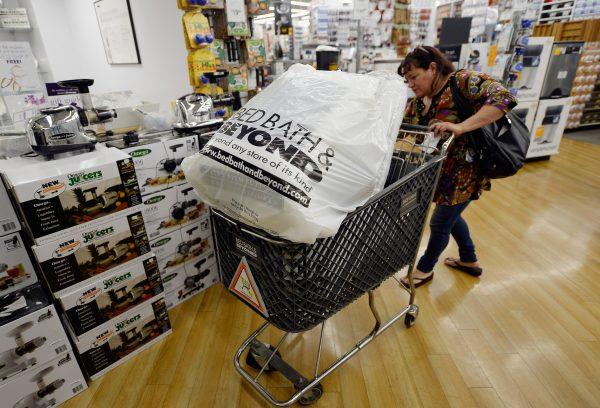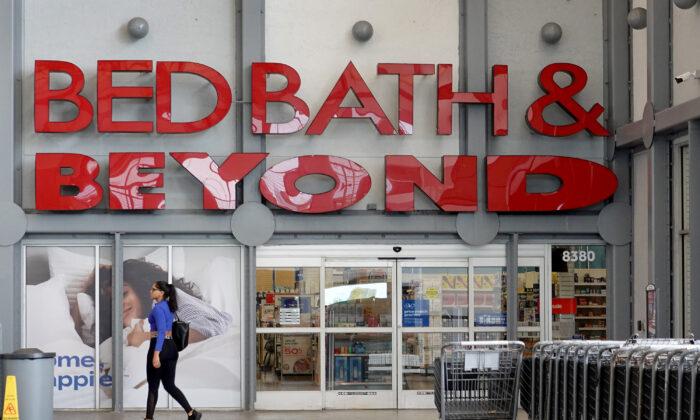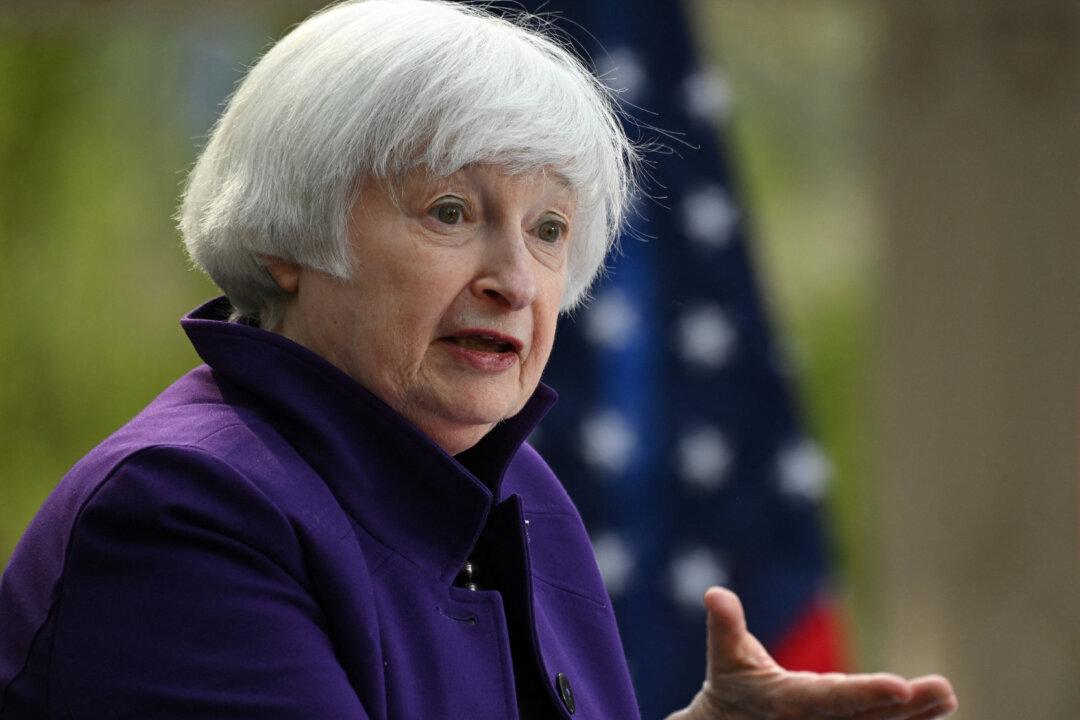It has been a tumultuous time for Bed Bath & Beyond, transforming into a meme trader’s favorite stock from a struggling big-box retailer.
Like many other brick-and-mortar retailers, Bed Bath & Beyond has experienced a plethora of challenges in its corporate history.
A Brief History of Bed Bath & Beyond
In 1971, Warren Eisenberg and Leonard Feinstein began Bed ‘n Bath, with the expectation that the retail landscape would transition toward specialty stores, and opened their first store in Springfield, New Jersey. More than a decade later, the two men expanded the number of stores, to 17, launching additional locations across the New York metropolitan area and also in California. The name was changed to Bed Bath & Beyond.By 1991, the company had opened seven superstores in California, Florida, Illinois, Maryland, New Jersey, and Virginia, in a move that business experts point to as placing Bed Bath & Beyond at the cutting edge of the superstore movement. These stores would offer customers a little bit of everything, possessing an immense inventory of brands, products, colors, and styles.
The number of store locations peaked at 1,142 in 2011.

Bed Bath & Beyond would make its initial public offering (IPO) debut on NASDAQ in June 1992, trading at $1.07 per share.
After reaching $1 billion in annual sales in 1999, the corporation would become more aggressive, expanding its suite of products to include electric appliances. With no debt, it sought to utilize its enormous cash flow to acquire a broad array of other retailers (Buy Buy Baby, Christmas Tree Shops, Harmons, and Cost Plus World Market).
But while it seemed like nothing could go wrong, Bed Bath & Beyond started encountering multiple hurdles over the past 20 years. Some of the corporate wounds have been self-inflicted, while others were caused by challenging economic climates and evolving consumer trends.
The Rise of the Digital Economy
As Bed Bath & Beyond was increasing its brick-and-mortar footprint across the United States, Canada, and Mexico, other companies such as Amazon, Walmart, and Wayfair were adapting to the times and investing in their digital infrastructures. Eventually, successful retailers assembled and maintained effective and efficient omni-channel operations: shop and buy products in stores, place orders online, receive shipments at home, and pick up web purchases at physical locations.By the time Bed Bath & Beyond established a web presence, it lagged industry rivals that adopted other strategies, such as selling native digital brands or automating various processes.
A Corporate Shuffle
With more retailers selling similar products as Bed Bath & Beyond, customers haven’t been enticed to visit its stores. As a result, sales have been trending downward since late 2017, weighing on its financials.“After thorough consideration, the board determined that it was time for a change in leadership,” Harriet Edelman, independent chair of the company’s board of directors, said in a statement. “We are committed to addressing the urgent issues that have been impacting sales, profitability, and cash flow.”
In June, Sue E. Gove was named interim CEO until an official replacement is announced.
“We believe these changes will have a widespread positive impact across customer experience, inventory assortment, supply chain execution, and cost structure. The customer underpins our decisions, and we are committed to delivering what they want while driving growth, profitability, and financial returns,” Gove said in an Aug. 31 statement.
The company was struck by tragic news after it was learned last week that CFO Gustavo Arnal died by suicide.
“With control over a significant portion of the public float, Cohen would essentially act as a price support for the stock while Gustavo would act in a similar capacity by controlling the sale of shares by insiders,” the lawsuit stated. “Under this arrangement, defendants would profit handsomely from the rise in price and could coordinate their selling of shares to optimize their returns.”
Meme Stock Craze
The stock has been on a roller-coaster ride this year, It’s downturn started in early 2015, plunging from nearly $78 to as low as $4.38. While Bed Bath & Beyond shares enjoyed a rebound during the broader 2020–21 market euphoria, it has been extremely volatile this year, fueled by retail meme traders.Bed Bath & Beyond shares fell more than 14 percent in post–Labor Day trading on Sept. 6, sliding below $8. The shares rose 12 percent on Sept. 7 to $7.91.






Friends Read Free